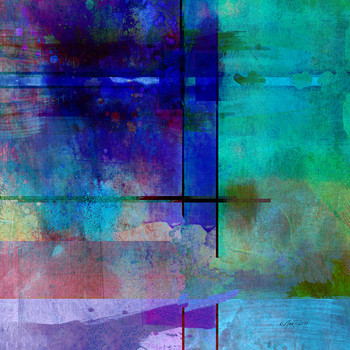Genetics and punnett squares?
Two parents with cleft chins, both heterozygous for cleft chin (Cc), have three children with cleft chins. The parents are sure that their fourth child will not have a cleft chin. Draw a Punnett Square to see if this is possible.
Determine the probability that the fourth child will have a cleft chin.
2. Answer the following Think About It questions:
Using Models: What information does a Punnett square give? Does the Punnett square support the parents' prediction? Explain your answer.
Predicting: If these parents have a fifth child, what are the chances that the child will have a cleft chin? Explain your answer.
Two parents with cleft chins, both heterozygous for cleft chin (Cc), have three children with cleft chins. The parents are sure that their fourth child will not have a cleft chin. Draw a Punnett Square to see if this is possible.
Determine the probability that the fourth child will have a cleft chin.
2. Answer the following Think About It questions:
Using Models: What information does a Punnett square give? Does the Punnett square support the parents' prediction? Explain your answer.
Predicting: If these parents have a fifth child, what are the chances that the child will have a cleft chin? Explain your answer.
1 Answer
see below
Explanation:
cleft chin is caused by a dominant gene.
this means that both heterozygous alleles
for a genetic cross with a heterozygous
the Punnett square shows the different combinations of alleles that could be found in the offspring of a parent. it stays the same no matter how many offspring have been born beforehand.
the question asks of the probability of having a cleft chin. since the allele for a cleft chin is dominant
the Punnett square shows that
this probability does not change, so the probability of the fourth child having a cleft chin is the same as that of the fifth child having a cleft chin -

